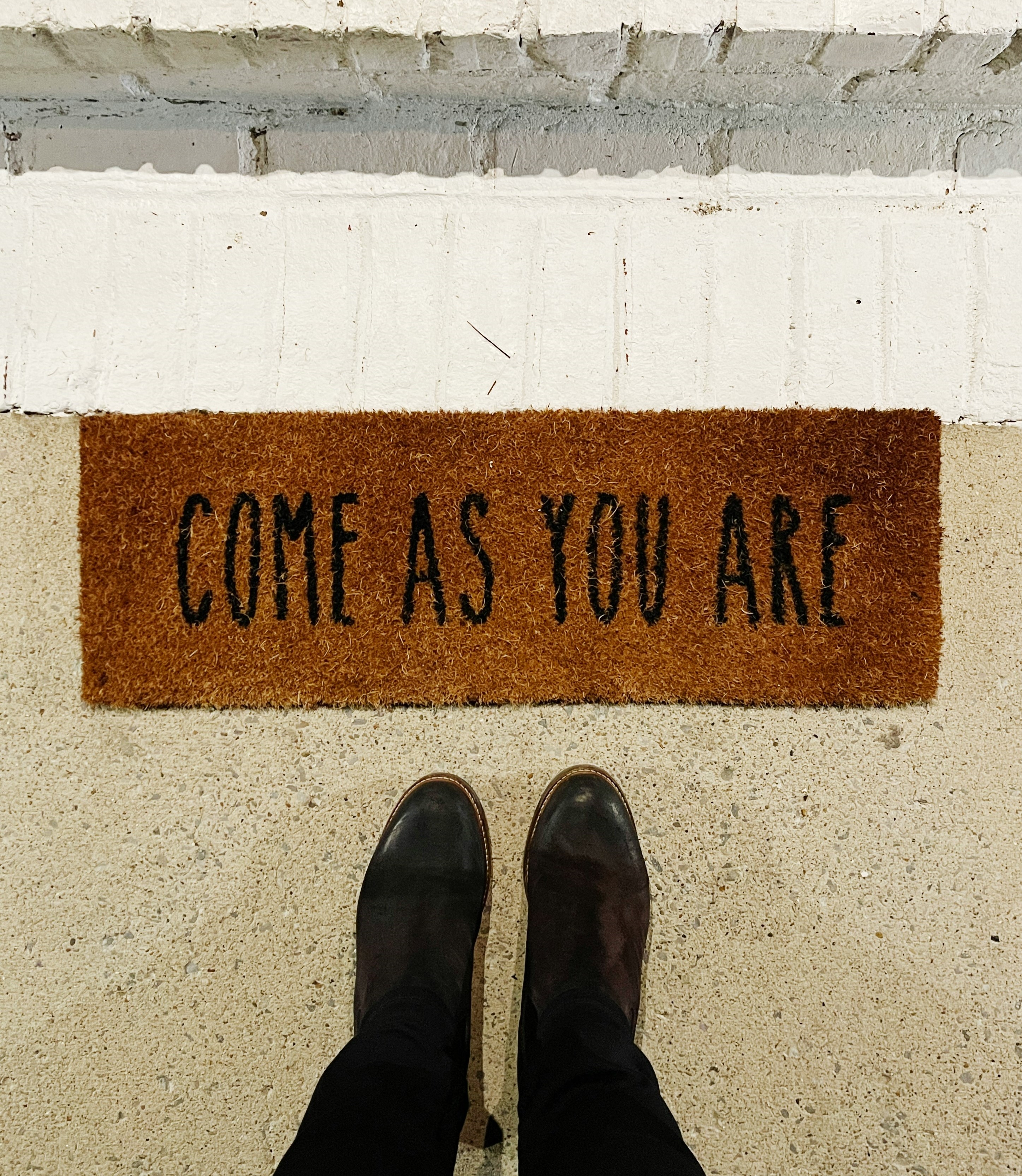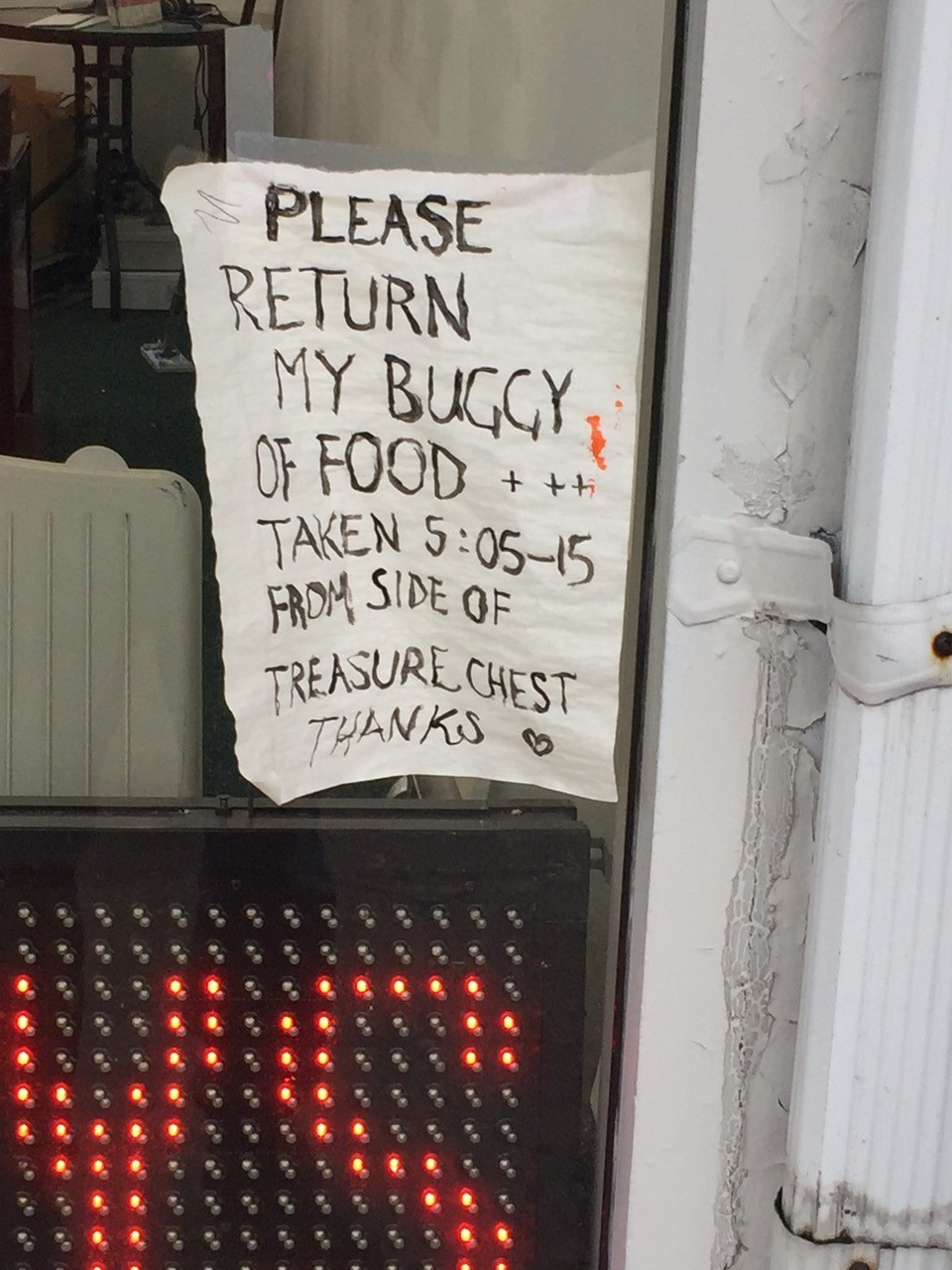We use cookies on this site to enhance your experience.
By selecting “Accept” and continuing to use this website, you consent to the use of cookies.

This Project interrogates perceptions about people experiencing homelessness as inherently deviant and dangerous, and build a new narrative premised on knowledge sharing and enhancing community resiliency.

This tree depicts the root causes of homelessness and the effort to becoming housed. It is a maple tree, one that provides so much joy and bounty in its beauty, shade, and sap. The sweetness of the tree is on its inside. The tree has so much to offer and is valuable just by the nature of what it is. So too are all people worthy and important simply by being who they are.
The tree is divided in two. One side shows what can happen if people are provided with the care, support, and community they need to become stably housed. There is colour and brightness in the lives of people who have the opportunity to find and maintain housing. The other side is a decaying tree and represents what happens when people are not given the tools and resources to flourish. The world is darker and it is difficult to find hope beyond daily survival.
The story of homelessness begins at the roots of the tree – the foundation for the journey to come. For many people who are homeless their lives are rooted in oppression and marginalization. Experiences of generational poverty, discrimination based on gender, race, ability, or sexuality, mental health challenges, relationship breakdown and intimate partner violence, and childhood trauma are some of roots that can lead to homelessness. For Indigenous Peoples, colonization, represented here by dry land, does not provide the nourishing environment to live, grow, and thrive. These root causes are not individual failings. They come from social inequities and a lack of social support to ensure everyone is safely housed.
The tree trunk has dents and chips as people struggle to survive, making clear that the experience of homelessness itself is damaging. But still, the bark of the tree remains strong. People who have been on this journey have had to build up intense resiliency to withstand all that has come their way – criminalization, stigma, disappointment, and loss.
The path to becoming housed is not linear. The twisted, chipped ladder helps us see that the way forward for people who are homeless is long and challenging and requires a great deal of strength as people navigate complicated systems and services. There are tears, hardship, and bad days along the way. But as people make their way up the ladder, the colours, and their lives, become brighter and more vivid.
To get to the top of the tree requires support. The vines that hold the tree up are the resources people need for people to carry on in their journey. This includes community care, mental health and substance use supports, housing supports, income assistance, and feeling a sense of belonging and inclusion in their lives.
The ultimate goal is for people to find a home. Not simply a house or a unit, but somewhere where they feel welcome and safe. The treehouse is a symbol for the many different shapes home can take; the important part is that people have a roof over the head and can find rest, peace, and comfort every day. The bird sings a joyful tune – there is so much happiness to be found within the home. The green door welcomes someone in and is a reminder of the strength and resiliency it took to get here. As the journey to remain stably housed continues, the sun provides the light and energy to take on each day and the moon reminds us that there are cycles to life and we will pass through many phases throughout our lives. The rose on the windowsill symbolizes that even once housed life can still be thorny from time to time, but life is beautiful. The branches and leaves on the tree shade and protect the treehouse. They are the ongoing support and community that we all need to stay securely, safely, and permanently housed.

Join us for the first episode in our mini-series on homelessness and belonging. In this episode, Avery is joined by guest hosts Marcus Sibley and Jessica Braimoh to discuss social belonging and homelessness in mid-sized Canadian cities. We talk about their research and we bring you an interview with Western researcher Dr. Carrie Anne Marshall and Kate's Rest founder Brian Hart.
Executive Producers for this episode are:
Dr. Jessica Braimoh is a clinical sociologist and an assistant professor in the Social Science Department (Criminology) at York University. Her research is focused on the ways social institutions and systems respond to experiences of marginality. She studies the link between criminalization, racialization and class among other systems of domination. She is interested in the ways social institutions are coordinated in their response to marginality.
Dr. Marcus Sibley is an assistant professor in the Department of Criminology at Saint Mary’s University in Halifax. His research critically examines intersecting forms of policing and surveillance in the context of homelessness, sex work and human trafficking, and gender-based violence.
Guests for this episode include:
Dr. Carrie Anne Marshall is an assistant professor at Western University in the School of Occupational Therapy. Her research focuses on the intersection between poverty and mental wellbeing. The majority of her research focuses on homelessness and the transition between unhoused to housed.
Brian Hart is a retired parish priest. In 2006, he bought a property on Big Island in Prince Edward County that is now known as Kate's Rest. He's been living on the property with his friends for 17 years. Kate's Rest is owned and operated by the Kate's Rest Foundation and those who call the property home, which also hosts a 50,000 square foot aquaponics farm. Kate's Rest provides permanent housing and support for people who were homeless or at risk of homelessness.
This episode was produced by Avery Moore Kloss from Folktale Studio.
It was funded by the Social Sciences and Humanities Research Council of Canada.

Join us for another spisode of our mini-series on homelessness and belonging. The ‘Hum’, as described by Connie Long, a peer and advocate in British Columbia, is the constant noise of dispossession as homeless people’s belongings are seized, stolen and destroyed. Drawing from an ongoing research project, this podcast explains the ‘hum’ and its traumatizing effects. Nick Blomley from Simon Fraser University joins us as co-host to talk about the research being done in this space. This episode includes clips from an interview with Connie Long, performed and recorded by Claire Shapton.
Episode Notes
Nicholas Blomley is a Professor of Geography at Simon Fraser University, and a researcher in a cross-Canada research project on homeless people’s belongings.
Connie Long is an advocate for vulnerable communities with lived experience who organizes in Chilliwack and Abbotsford. She has experience with addiction and is passionate about what she does.
Claire Shapton recently completed an MA in Geography at Simon Fraser University, and worked closely with Drug War Survivors, an peer centred organization in Abbotsford.
Chapters
(00:11) Loss of Personal Belongings in Homelessness
(10:17) Trauma of Losing Home and Belongings
(19:29) Effects of Trauma and Loss
(27:59) Dehumanization and Dispossession of Belongings
(38:50) Addressing Homelessness and Belongings Advocacy
(51:36) Importance of Addressing Property Loss
Resources:
"Homeless people deserve a right to belongings" by Nicholas Blomley and Connie Long
This episode was produced by Avery Moore Kloss from Folktale Studio.
It was funded by the Social Sciences and Humanities Research Council of Canada.

Join us for the last episode of our mini-series on homelessness and belonging, featuring Erin Dej and Jason Webb discussing "From Roots to Home," an art piece born from shared experiences of homelessness. Erin, a criminology professor, brings her lens to the discussion, while Jason, a policy researcher, shares insights. Guests Deborah Hill, Simon Lazanja, and Barb McPhee contribute, weaving a narrative of resilience and hope. "From Roots to Home" portrays growth from hardship to home, symbolized by a maple tree. Through art and storytelling, we highlight the struggles of homelessness and the potential for stability. This collaborative process illuminates hardships while offering hope for change.
Click here to see the image called "From Roots to Home" that we discuss in this episode.
More about our episode co-hosts:
Erin Dej is an associate professor in the Department of Criminology at Wilfrid Laurier University. Erin is a critical criminologist who has been researching homelessness for 15 years. Erin received a PhD from the Department of Criminology at the University of Ottawa and an MA in Legal Studies from Carleton University. Before joining Laurier, Erin held a SSHRC funded postdoctoral fellowship with the Canadian Observatory on Homelessness, York University.
Jason Webb is the Senior Policy Researcher at the BC First Nations Justice Council. He's developing a pre-arrest diversion program for Indigenous peoples experiencing homelessness in Prince George, BC. Jason earned a PhD from York University and held a Post-Doctoral Fellowship at Wilfrid Laurier University. Jason brings a wealth of knowledge and experience on topics ranging from criminalization, homelessness, and citizenship. With his extensive background in qualitative research, Jason contributes unique insights from a critical sociological lens to the policy domain.
A thank you to our advisory group members who lead the storytelling in this episode:
Barb McPhee: Lived experience expert for over 50 years providing communities, families and individuals facing challenges in their lives with supports and direction. Focusing on the poverty pillars of housing, food and health insecurities using care and kindness.
Deborah Hill: is a mom of four. She is a survivor of substance use, domestic violence, and homelessness. Deborah is an Indigenous who has returned to school and received a diploma and an undergraduate degree in Community Services. She is determined to advocate for the vulnerable population experiencing mental health and substance use.
Simon Lazanja: Was a former football player at high level. Built a tool and die company from nothing. Recovering alcoholic.
This episode was produced by Avery Moore Kloss from Folktale Studio.
It was funded by the Social Sciences and Humanities Research Council of Canada.
Contact Us:
Carrie Sanders, Director
Bree Akesson, Associate Director
Toyin Kareem, Project Coordinator